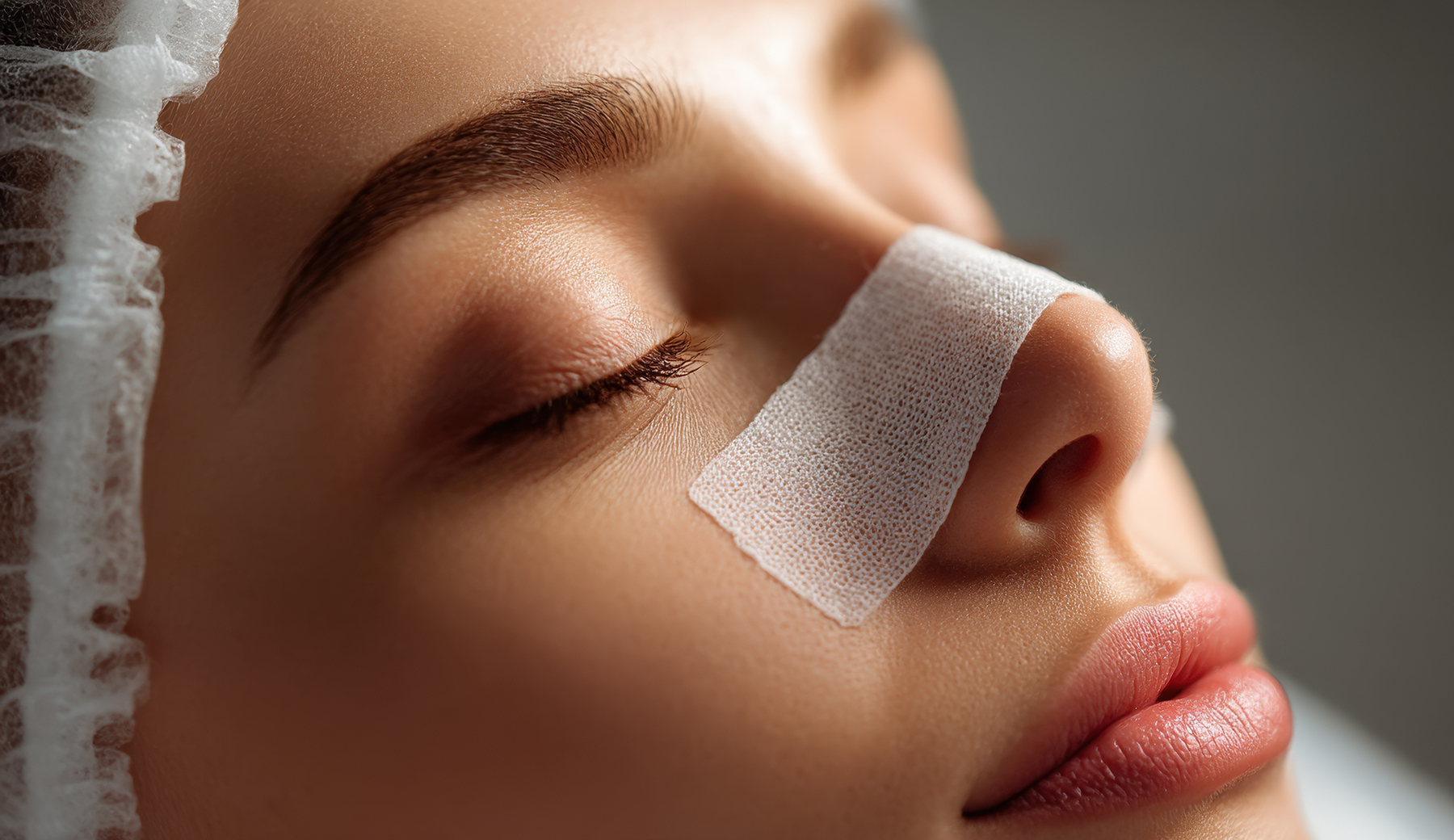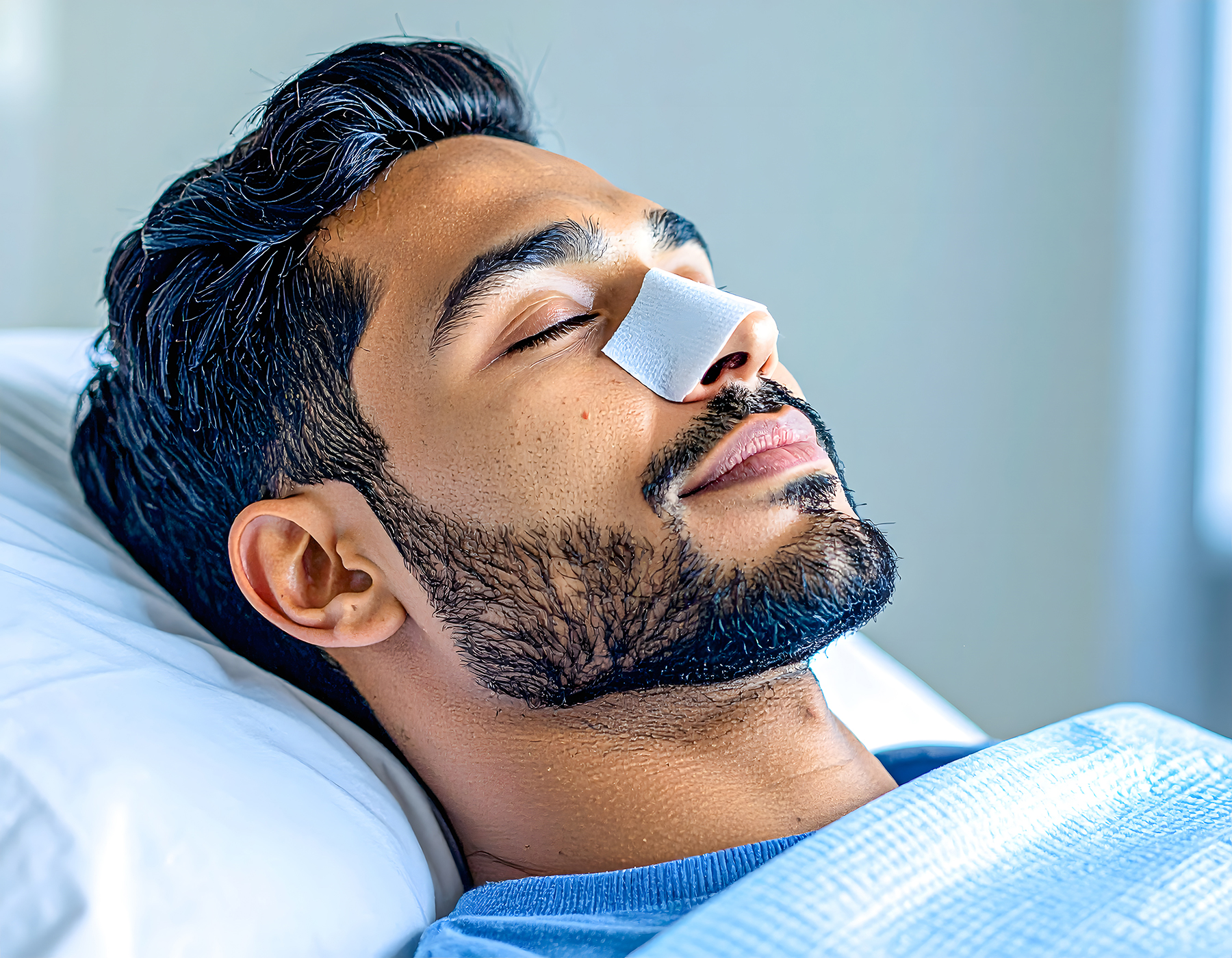Recovering From Rhinoplasty
Making the decision to change the shape and size of your nose is a significant choice that involves careful consideration of aesthetic and functional factors, choosing a qualified surgeon, and understanding the detailed process and recovery involved.
As the surgery day approaches, you neeed to plan every detail so that your recovery experience goes smoothly. Dr. Abramson and his staff will cover every detail and leave you with step by step instructions. Pay close attention to every detail and you should have the best recovery period possible.

Rhinoplasty is Not Painful, but Does Cause Some Level of Discomfort
Rhinoplasty itself is not painful because it is performed under general anesthesia, but you will likely experience discomfort, pressure, and congestion after surgery. The most intense discomfort typically lasts for the first three days and can be managed with prescribed pain medication, with pain levels often described as mild to moderate.

Be Prepared for the Recovery Period
Before Surgery:
-
Gather Supplies:Stock your fridge with soft, easy-to-digest foods and prepare any other necessary items to avoid errands during recovery.
-
Arrange for Care:Have a trusted caregiver stay with you for at least the first 24 hours to help with meals, wound care, and other tasks.
-
Prepare Your Home:Make sure you have a comfortable, quiet space to rest, and consider preparing meals to reheat.
-
Manage Medications:Pick up any prescription pain medications before your surgery so you don’t need to run errands on the day of your procedure.
-
Schedule Time Off:Arrange for dedicated time off from work, travel, and other commitments to prioritize your healing.
Best Tips & Tricks for a Smooth Recovery
8. Have the Right Expectations: A lot of patients assume that rhinoplasty recovery will be rather painful. Actually, most of our patients end up telling us that the pain is minimal, and there are plenty of pain management solutions available for those who need them.
Remember, recovery can vary from person to person, and following Dr. Abramson’s specific advice is key to a successful outcome.
